TYPICAL DETAILS
Ibiza was a great unknown place in the world few decades ago, and then was gradually discovering the world and the first tourists enjoyed an island where everything was virtually unchanged for centuries. Among other things the costumes of their inhabitants. The arrival of tourists made things become different for their people, maybe in forty years has been brought forward a few centuries on the island, but thanks to some people efforts in maintaining the traditions nowadays we can still see how our ancestors were dressed and how it was their life style.
Ibiza and Formentera in its folklore and costumes are unique, as the folklore of the rest of the Balearic Islands is totally different, like the architecture of Ibiza which is sober and simple, the folklore of this island remains at the same rate as architecture although perhaps with many colorful touches. For example, in their musical instruments (always played by men) we can see that in their hands they use large castanets made of juniper (some sources say are the biggest in the world) and elaborate for relief and different designs surfaces.

In the women's dresses we see that there are two types. That of "gonella" (a kind of long skirt pleated narrow) and usually wore headdress, or a hat or a long veil on her head with which covered the head to attend religious services. Women even in the twentieth century (at the end of this century began to disappear) always had covered the head with at least one tissue (picture below) and very rarely left her head uncovered. Hats (pictured above) but very sober always wore colorful ribbons as decoration, like those held the jewelry (on holidays) that carried the girls chest and marked their economical "status". The oldest were coral and silver jewelry and the most modern ones (XVIII century) were made by gold.
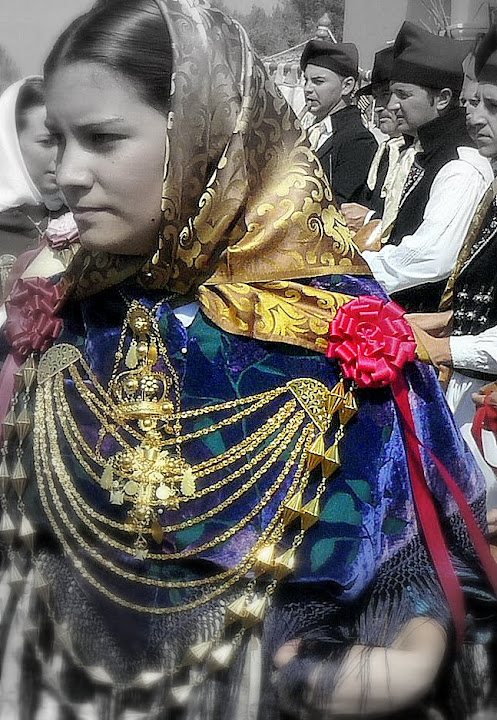
Usually these gold beads on the chest, they would inherit and enlarging over time from mother to daughter. Usually use at least two or more large beads in rhomboid shapes called "collarets" and then a finer accounts thick gold chains that used to take nine or thirteen strings (moon numbers), although for reasons of superstition they turned in twelve. They carry a large gold cross and sometimes below a jewel of gold with a religious image. Complete the collection of gold jewelry a large number of buttons and rings on every finger 3 (24 total) except on thumbs. 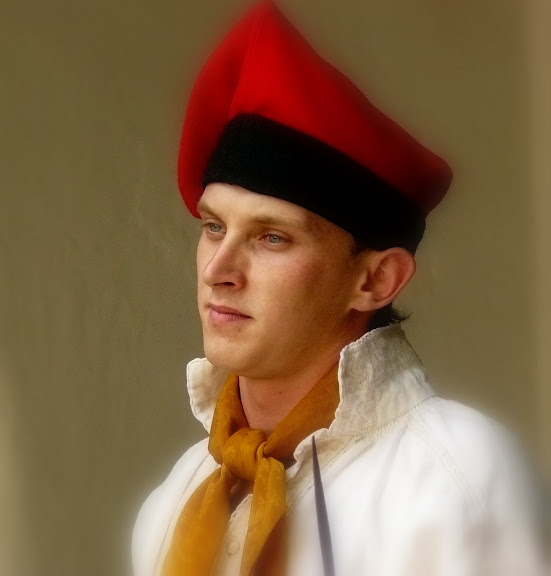
On the other hand, men of Ibiza in the folklore does not leave out the details. Curious the Phrygian cap (also called barretina) with curved top cap (the bottom black was the hallmark of the maritime areas) and has a curious history, as the origin of this piece would be in ancient Phrygia (now Turkey), in Roman times was the hallmark of the freedmen. In the nineteenth century, symbolizes freedom and the republic. In the shield and/or flags of several countries in Latin is present as a symbol of freedom such as Argentina or shield their former flag of 1,840 and shields that are on the flags of Haiti, Paraguay, and El Salvador, and in the shields of Bolivia, Cuba and the seals of the Senate and the U.S. Army among others. As a curious note regarding this cap is that only used in Pitiusas and is totally absent in the rest of the Balearic Islands, although used in several Mediterranean areas (sailors places), and is widely used in rural areas as Sicily, Sardinia, Catalonia, Valencia, Naples and even the Balkans.
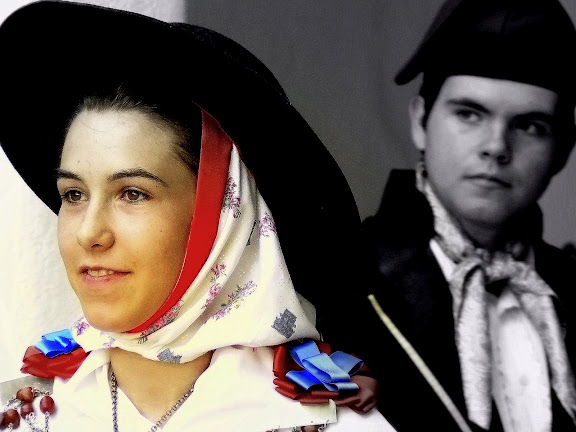




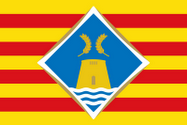
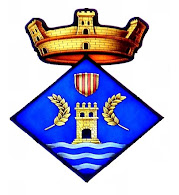

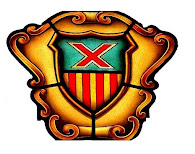


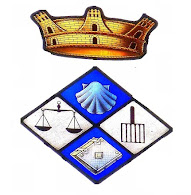









No comments:
Post a Comment